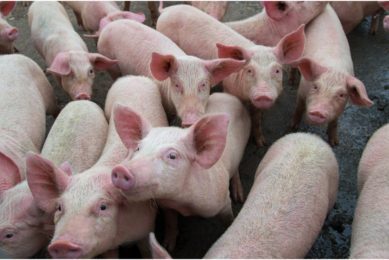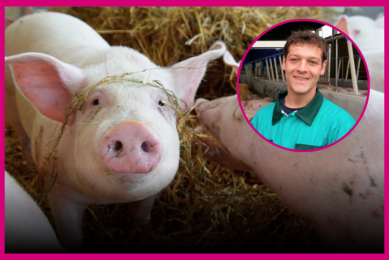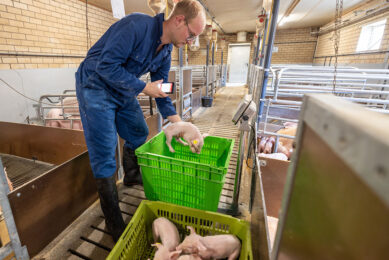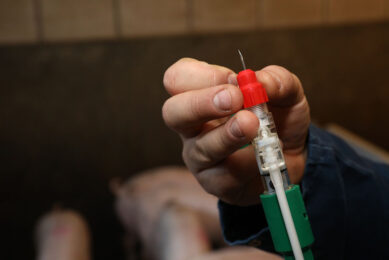Vietnam’s pig industry is growing – and facing new challenges
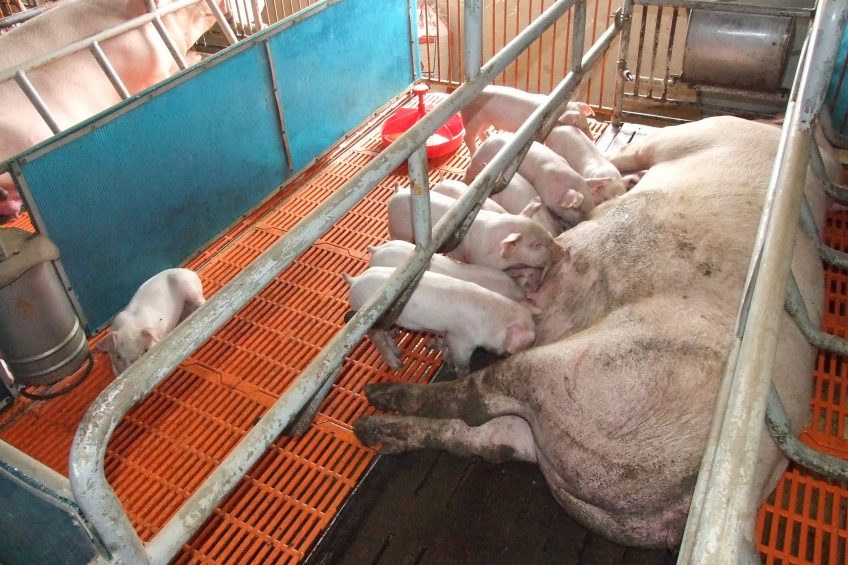
With pig numbers in Vietnam rapidly approaching 30 million, the country’s livestock industry faces the same problems as any other developed country. How to make the most of pig production in a changing world? Tam Do farm in Vietnam reveals its strategy.
The Vietnamese love pork and it features frequently in their meals. Whilst large western style units are becoming part of the Vietnamese pig scene it must be remembered that the bulk of the nation’s pork still comes from backyard operations and small family run units. Large commercial units have large overheads and much of the feed ingredients are imported. Backyard operations effectively have minimal labour costs – pigs are often a part of the family and also importantly the pig feed is sourced locally. Also these are family run operations where the pigs are well looked after and are very productive.

Large units have hired staff and for many employees the key motivator is their wage and animal care is secondary to that, so productivity is not always as good as it potentially might be, plus because of the huge investments pig prices have to be good to make the unit profitable. In contrast, the family farm can make money when the pig price is quite low and keeping pork prices low is very important politically, as it is in China.
It would be foolish to abolish all villager pig production. Urbanisation is increasing in Vietnam, although the drift to the big cities such as Hanoi and Ho Chi Minh City is not as marked as in China. This means that the backyard pork production will decline as the years go by, but it takes time and much investment to build large modern units.
Tam Do farm
One such unit, Tam Do farm, belongs to the Ho family and is located in Dong Nai province around 60 km North East of Ho Chi Minh City. “The farm was built 18 months ago and has 1,200 sows, with Big Dutchman providing the equipment. Feed is supplied by Cargill who also supply on-farm technical support,” said Vo Chau, who heads up Big Dutchman Vietnamese operations.
Currently the unit just produces weaners, which are 50% Duroc and 25% Yorkshire and 25% Landrace. Grower and finisher buildings are being added as finance becomes available, which is not easy with interest rates at 30%. The total aim would be to take all the pigs through to slaughter at 100 kg liveweight. Pigs are currently shipped at weaning to another farm owned by the Ho family, for finishing. These are sold through an agent and are shipped to Ho Chi Minh City for slaughter.
Sows and gilts are housed in stalls which are raised off the floor, with manure dropping through the slats and being manually scraped away. Drop feeders have been installed with the females receiving a 13% crude protein ration fed twice daily. Although it would be cheaper to give feed by hand, feeding a huge shed of sows by hand is dull and repetitive and errors can occur during feeding. Feeders on the other hand accurately dispense the correct amount of feed day in, day out.
The sow houses have tunnel ventilation, as do the farrowing houses. The farrowing pens are fully slatted and are raised off the floor to allow manure to fall through the slats which is then scraped away, floors are then washed down, as is the norm in hot countries. The manure is then dried and sold to fertilise rubber trees, of which there are many around the farm.

Challenges
Climate management is one of the challenges facing swine production in Vietnam. Litters at Tam Do farm average between 11-12 piglets born alive. Creep heaters have to be used up to 14 days after farrowing. The heaters are on a thermostat so that the temperature reduces automatically. The heaters which are powered by electricity are cylindrical in shape, made of steel and are positioned in the pen wall so that one heater services two pens. Unlike a lamp they don’t glow, i.e. are dull heat emitters. Touching them will result in a small contact burn so both piglets and staff should be wary of them.

As simple as it may seem – using different and more modern reproduction techniques is also a challenge for Vietnamese swine production. Many small farms use a traditional rubber catheter, which is sterilised by being boiled in a saucepan, after it’s been used. Although being sustainable, the method is more inconvenient than using a throw-away plastic catheter. In Tam Do farm, sows are inseminated twice with a 12 hour gap, using plastic disposable spiral catheters. Incidentally, boars are brought in from the Ho family nucleus farm and semen is collected and diluted in a small on-farm artificial insemination facility.



